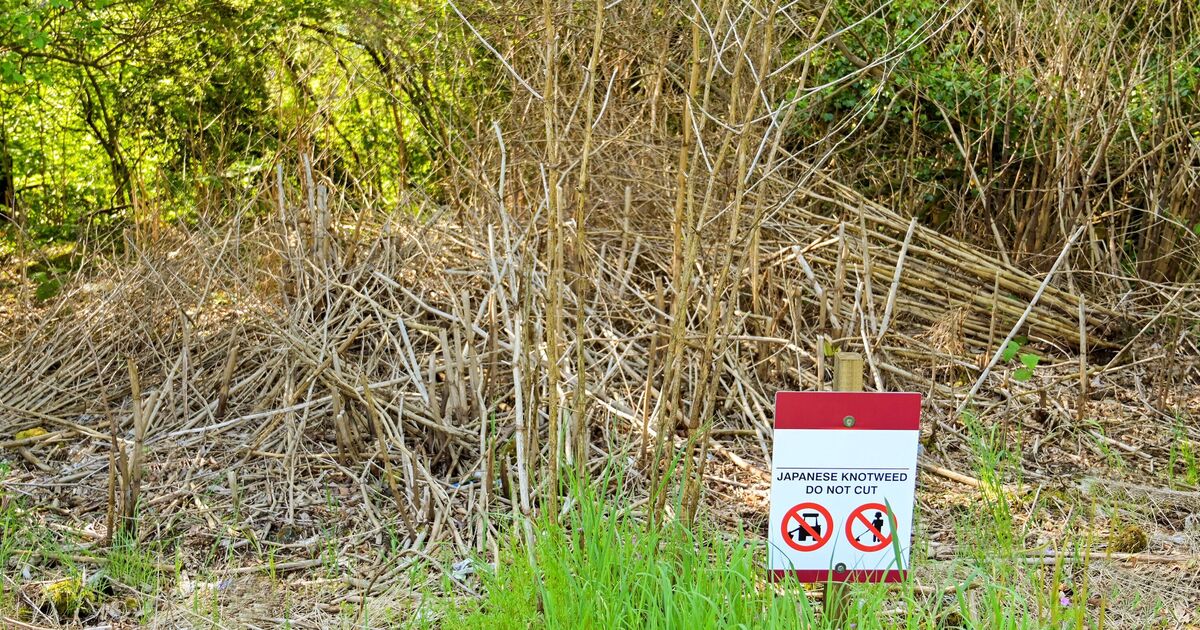The most common invasive knotweed plant species in the UK sees figures soar into the tens of thousands costing the country millions per year.
With the summer growing season now over, invasive plant specialist Environet has revealed the worst hit area in England for Japanese knotweed.
New data from Exposed shows how sightings reported by both the public and experts has driven the known infestation figure of Japanese Knotweed up to 60,000 over the past six years.
Bristol is the number one affected area in the country with 5.18 incidences reported every kilometre squared (km2). Merseyside is in second place with 2.49 cases every km2 and Greater London makes the final of the top three with 2.29 per km2.
England’s Top 25 Japanese knotweed hotspots for 2024 are:
Bristol
Merseyside
Greater London
Greater Manchester
Lancashire
Channel Islands
Derbyshire
West Midlands
South Yorkshire
Isle of Wight
Surrey
Nottinghamshire
Cheshire
West Yorkshire
Berkshire
Hertfordshire
Worcestershire
East Sussex
Tyne and Wear
Shropshire
Cornwall
Kent
Hampshire
West Sussex
Dorset
The plant is a major issue for houses as when the underground roots grow, they exploit cracks, mortar joints and other weak areas in buildings or hard surfaces, causing severe damage.
The Government has issued advice on how to remove the plant yourself, given you have the necessary abilities to, or to use a specialist company to do it for you. This includes spraying or injecting the stems with chemicals which can be an effective treatment to stop knotweeds spreading.
Burying it is another option, as long as they’re cut and you notify the Environment Agency at least one month before. The advice also suggests burning it, or outsourcing the removal to a company.
Tackling the issue is costing the UK economy just under £250 million a year with homeowners being the most at risk group due to potential property damage. Legal risks can also arise when looking to sell if owners fail to declare its presence.
Environet, the UK’s leading specialist in the removal of Japanese knotweed, estimates that approximately 5% of homes are currently affected by the plant either directly or neighbouring an affected property, typically impacting property prices by around 5% – or up to 10% in severe cases.
Checkout latest world news below links :
World News || Latest News || U.S. News
The post UK’s Japanese knotweed hotspots for 2024 – full list of 25 worst-hit areas appeared first on WorldNewsEra.

